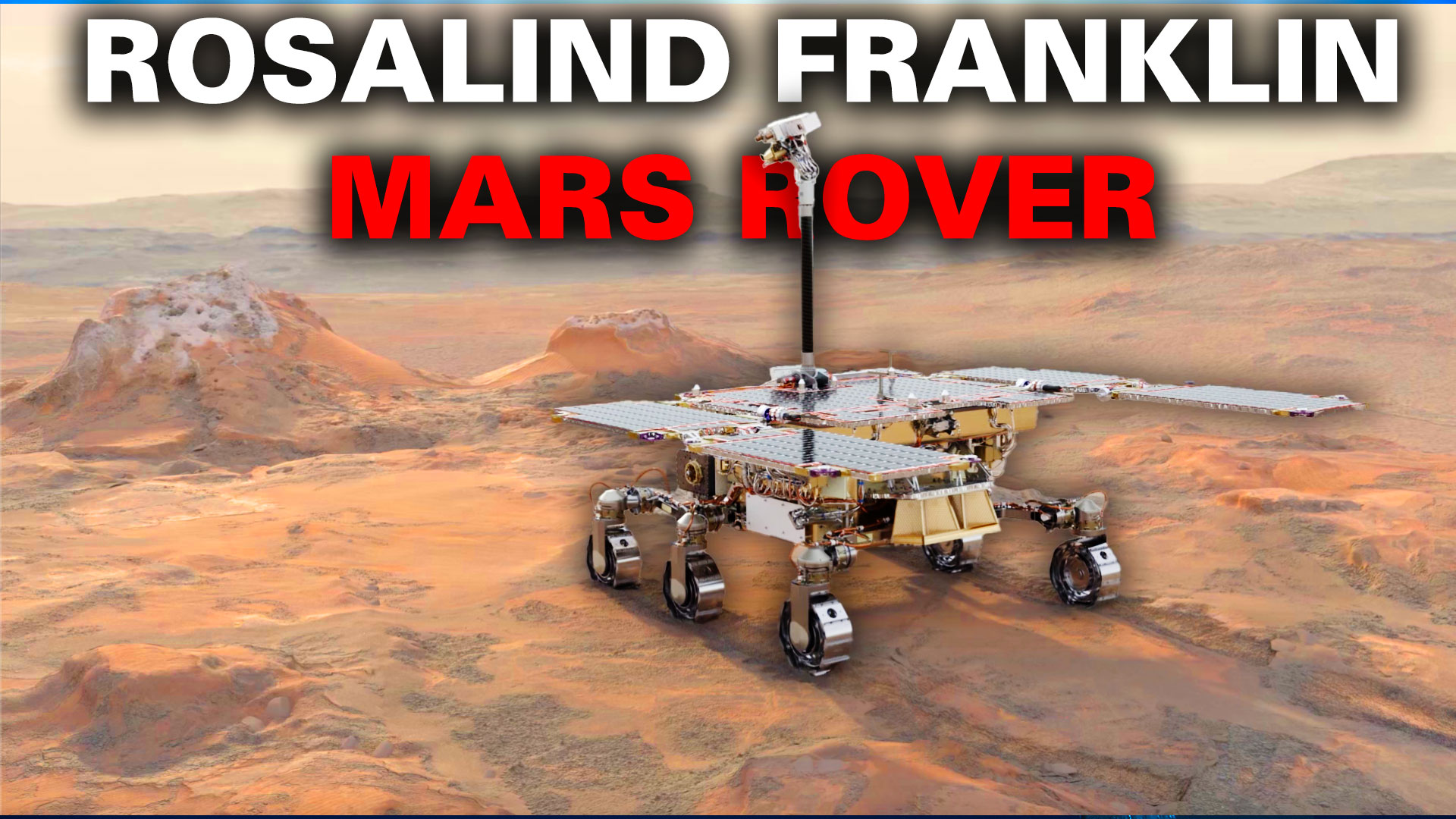One of the aspects of our study of the universe that fascinates me is the hunt for dark matter. That elusive material that doesn’t interact with much makes it difficult but not impossible to detect. Gravitational lenses are one such phenomena that point to its existence indeed it allows us to estimate how much there is in galaxy clusters. A paper now suggests that observations of Jupiter by Cassini in 2000 suggest we may be able to detect it using planets too.
Continue reading “Dark Matter Could Cause Jupiter’s Night Side to Glow”DART Showed We Can Move an Asteroid. Can We Do It More Efficiently?
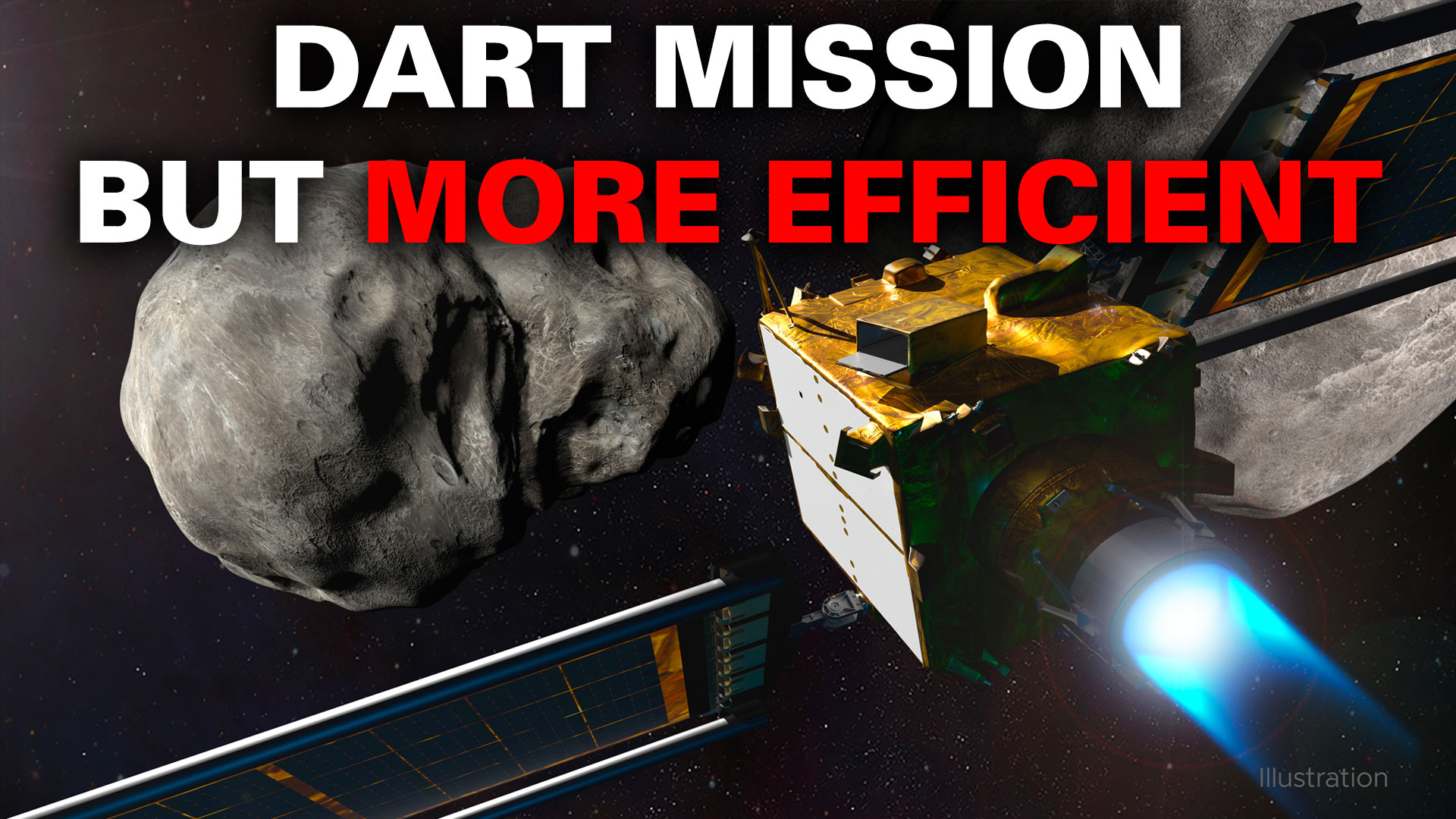
Like many of you, I loved Deep Impact and Armageddon. Great films, loads of action and of course, an asteroid on collision course with Earth. What more is there to love! Both movies touched upon the options for humanity to try and avoid such a collision but the reality is a little less Hollywood. One of the most common options is to try some sort of single impact style event as was demonstrated by the DART (Double Asteroid Redirection Test) mission but a new paper offer an intriguing and perhaps more efficient alternative.
Continue reading “DART Showed We Can Move an Asteroid. Can We Do It More Efficiently?”Entropy is the Key to a Planet’s Habitability
We all know that to have life on a world, you need three critical items: water, warmth, and food. Now add to that a factor called “entropy”. It plays a role in determining if a given planet can sustain and grow complex life.
Continue reading “Entropy is the Key to a Planet’s Habitability”Webb Finds Icy Complex Organic Molecules Around Protostars: Ethanol, Methane, Formaldehyde, Formic Acid and Much More
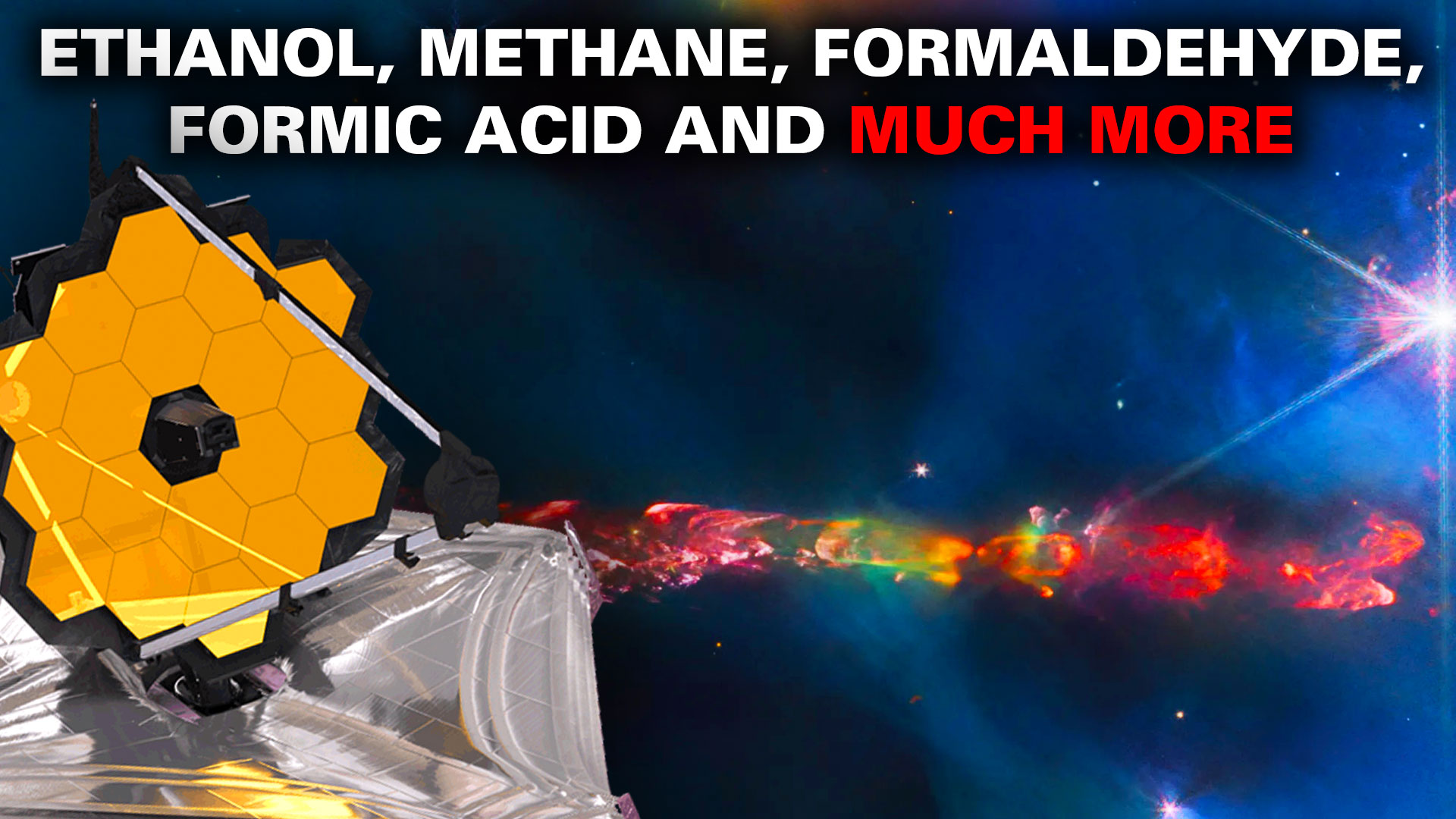
In the quest to understand how and where life might arise in the galaxy, astronomers search for its building blocks. Complex Organic Molecules (COMs) are some of those blocks, and they include things like formaldehyde and acetic acid, among many others. The JWST has found some of these COMs around young protostars. What does this tell astronomers?
Continue reading “Webb Finds Icy Complex Organic Molecules Around Protostars: Ethanol, Methane, Formaldehyde, Formic Acid and Much More”Hubble Returns to Science Operations
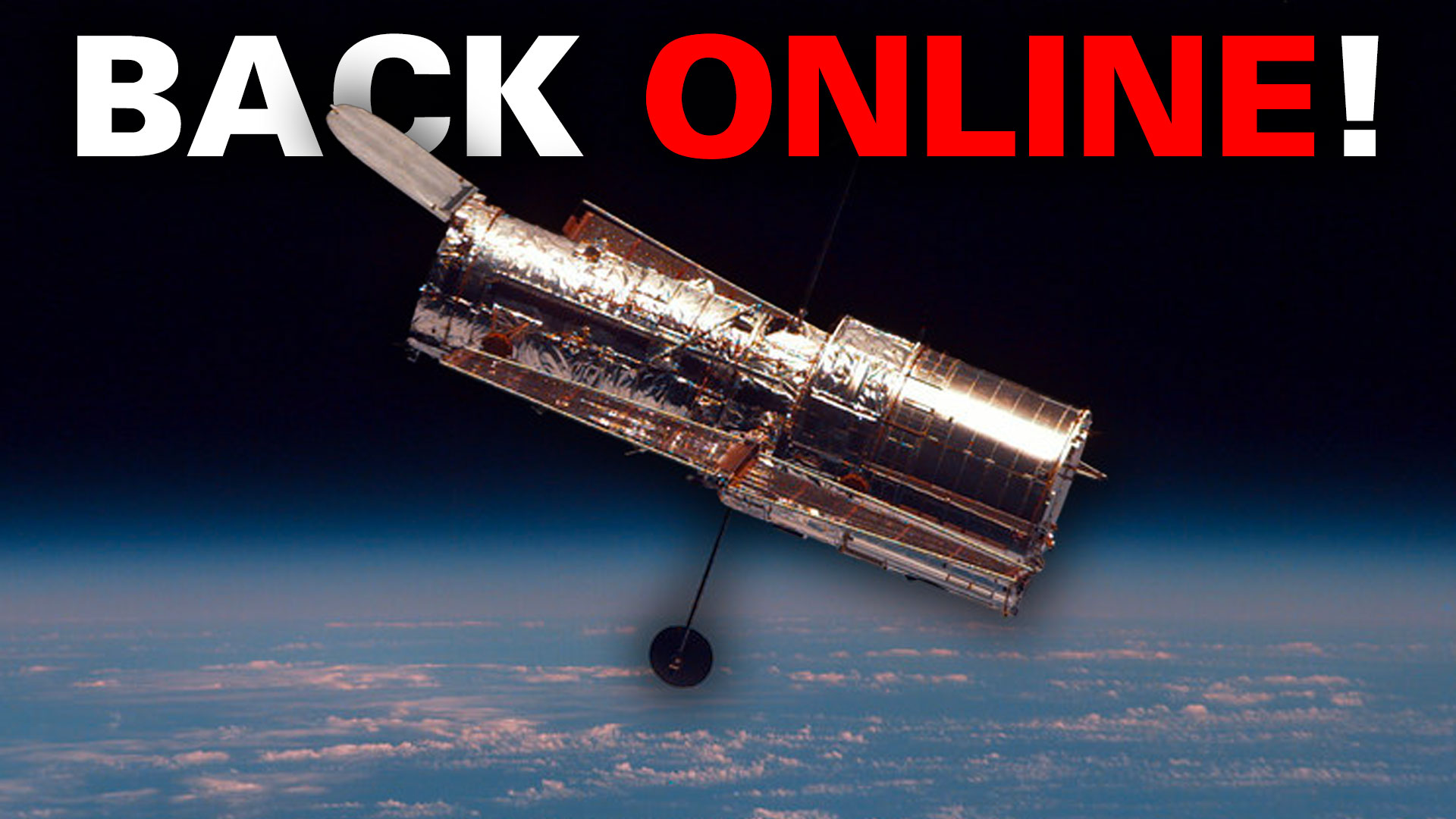
After a brief interruption, NASA announced that the Hubble Space Telescope is back in business. Problems with one of its gyros put the Hubble into safe mode back on November 19th. Now, the issue has been dealt with, and the world’s most productive space telescope is back online.
Continue reading “Hubble Returns to Science Operations”Cool New Mission Trailer for Rosalind Franklin Rover
ESA’s Rosalind Franklin Mars rover has been delayed twice due to problems with its parachute deployment and Russia’s invasion of Ukraine. After ESA formally terminated the mission’s cooperation with Roscosmos in July 2022, Europe found a new partner with NASA and the mission appears to be on track for a 2028 launch.
The agency recently shared a new animated mission trailer showing new details about the rover, including how it will drill two meters into the Martian regolith and examine the samples with its onboard laboratory.
Continue reading “Cool New Mission Trailer for Rosalind Franklin Rover”JWST Delivers A Fantastic New Image Of Supernova Remnant Cassiopeia A
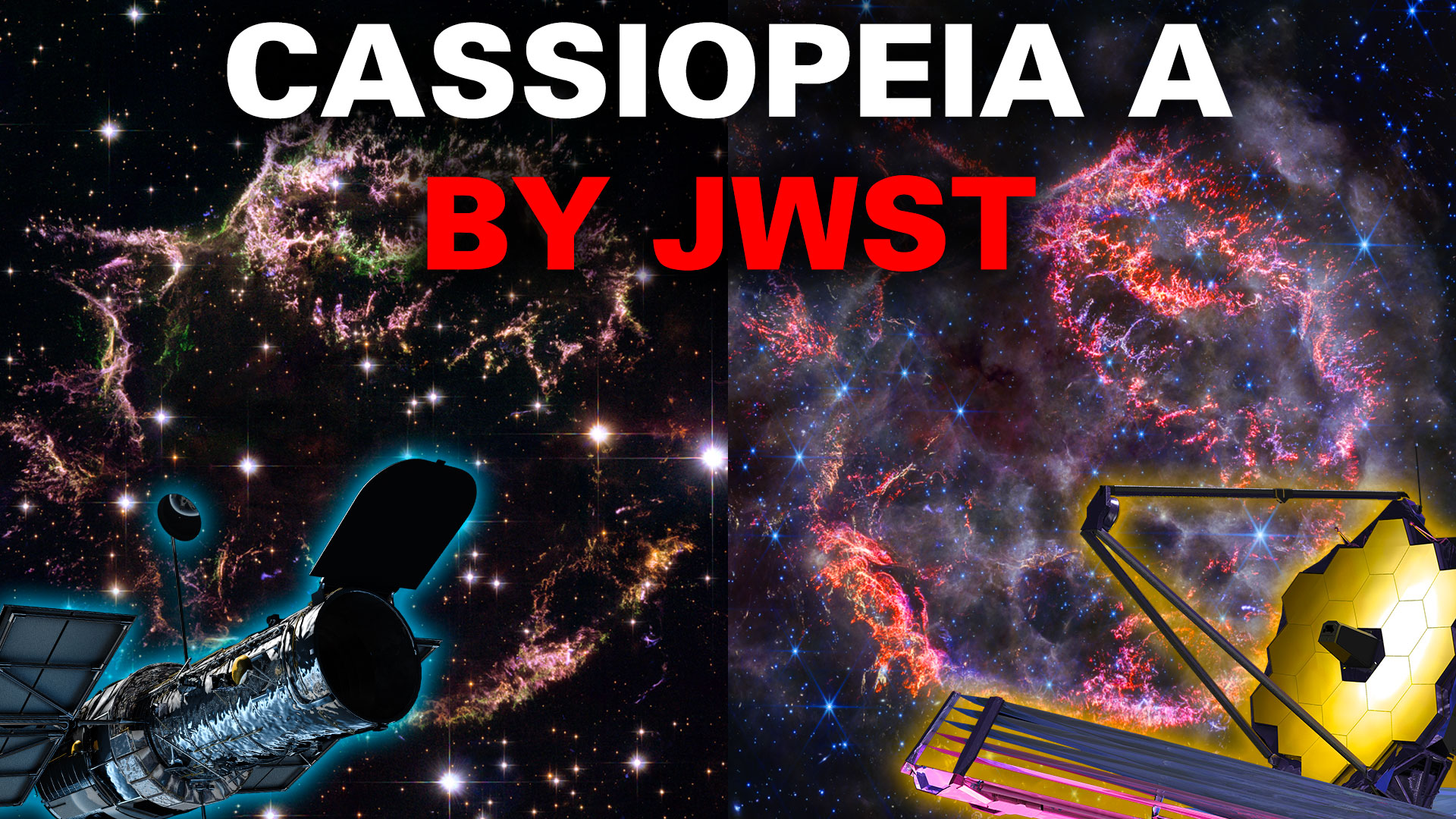
Astronomy is all about light. Sensing the tiniest amounts of it, filtering it, splitting it into its component wavelengths, and making sense of it, especially from objects a great distance away. The James Webb Space Telescope is especially adept at this, as this new image of supernova remnant (SNR) Cassiopeia A exemplifies so well.
Continue reading “JWST Delivers A Fantastic New Image Of Supernova Remnant Cassiopeia A”JWST Finds the Smallest Free-Floating Brown Dwarf

Star formation is happening all around us in the Universe. However, there is still plenty we don’t know about it, including, as a recent press release points out, something that every astronomy textbook points out – we don’t know the size of the smallest star. Most current answers in those textbooks refer to an object known as a brown dwarf, a cross between a star and a giant planet. Recently, the James Webb Space Telescope (JWST) found what is believed to be the smallest brown dwarf ever discovered – and it weighs in at only 3-4 times the weight of Jupiter.
Continue reading “JWST Finds the Smallest Free-Floating Brown Dwarf”Planets Orbiting Pulsars Should Have Strange and Beautiful Auroras. And We Could Detect Them
We have been treated to some amazing aurora displays over recent months. The enigmatic lights are caused by charged particles from the Sun rushing across space and on arrival, causing the gas in the atmosphere to glow. Now researchers believe that even on exoplanets around pulsars we may just find aurora, and they may even be detectable.
Continue reading “Planets Orbiting Pulsars Should Have Strange and Beautiful Auroras. And We Could Detect Them”How Do Superflares Get So Powerful?
We live with a star that sends out flares powerful enough to disrupt things here on Earth. Telecommunications, power grids, even life itself, are affected by strong solar activity. But, the Sun’s testy outbursts are almost nothing compared to the superflares emitted by other stars. Why do flares happen? And what’s going on at distant stars to ramp up the power of their flares?
Continue reading “How Do Superflares Get So Powerful?”


